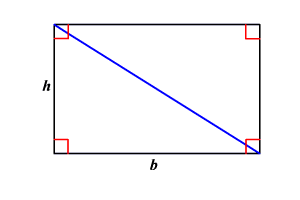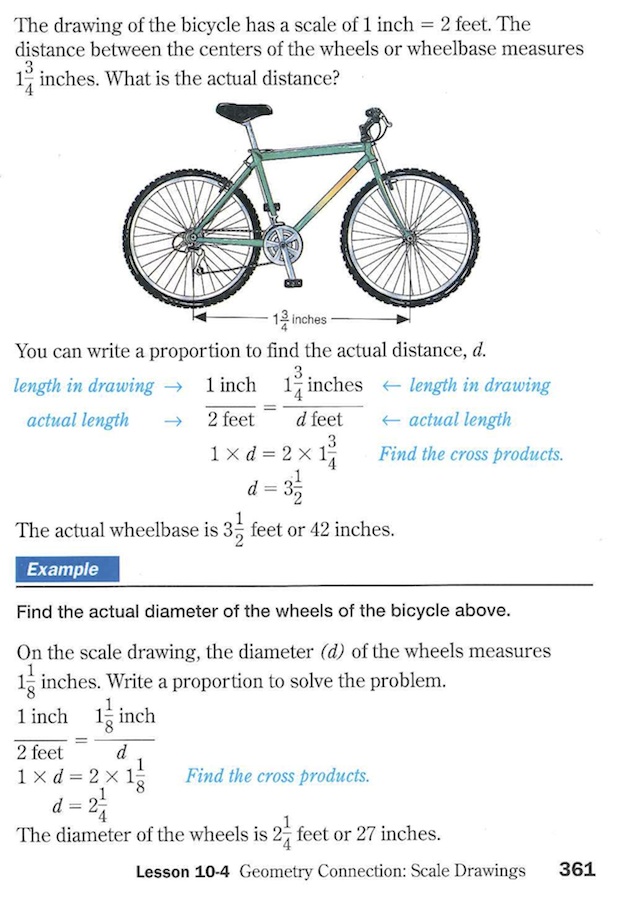Connecting Algebra with Geometry
What do we mean by connecting Algebra with Geometry?
Geometry is one of the first branch of mathematics. The study of shape, size, relative position of figures, and the properties of space is one of immense historical importance (for instance, how to know the value of a crop of olives? how do we measure it? how do we measure the size of land?). Moreover, Geometry connects directly with our sense of vision and we can probably agree that we are highly visual creatures. Hence, Geometry provides a fertile soil for algebraic exploration and vice versa. In short, we would like to connect Algebra with Geometry and thereby providing a more solid understanding of both subjects. An interplay exists between algebra and geometry: such geometric representations as graphs or figures can cast light on algebraic expressions and equations, and algebraic representations can be used to deduce geometric relationships (Katz 2007).
Various authors have explained the connections between Algebra and Geometry in different ways. For example, in Focus in High School Mathematics, the authors state that “Geometric interpretations of algebraic identities can help them give meaning to and make sense of algebraic symbols and calculations. Conversely, casting geometric phenomena in algebraic terms can give them a way to reasons about the geometry”. Other authors phrase this slightly different, for example one could say that connecting Algebra with Geometry means "Representing geometric situations algebraically and algebraic situations geometrically; using connections in solving problems". In any case we can probably agree that Geometry can serve as a model for Algebraic identities and thereby providing content and meaning to them. This is a rather effective way to make sense in teaching Algebra (and mathematics in general).
Examples
A few relevant examples are:
- Area Formulas
- Maximizing Area
- Algebraic proofs of geometric theorems
- Geometric proofs of algebraic theorems
- Graphing
- Geometric representation of an expression
- Ratios, rates, scale measurements and similar drawings
As usual, these are just a few out of many possible ways to connect Algebra with Geometry. Let us take a closer look at the following examples:
Equation of a circle
This is a nice example of connecting Algebra with Geometry. The only previous knowledge needed to construct an equation of a circle is that of distance between points. Suppose students know that the distance between point P= (p1,p2) and Q = (q1,q2), denoted as d(P,Q) is given by d(P,Q) = sqrt{(p1-q1)^2+(p2-q2)^2}.
Area of a Triangle

From the Geometric properties of area we know that the area of a rectangle (or a parallelogram in general) is just its base times its height. A(parallelogram) = base x height, or using the notation in the figure above, A(parallelogram) = b x h. But clearly, from the figure, whatever the area of the triangle A(triangle) is, it needs to be half of the area of the parallelogram. This easily justifies the algebraic expression A(triangle) = 1/2 x b x h.
Scale Measurements and Drawings
Another example of connections between algebra and geometry can be found on the reformed text Mathematics Applications and Connections Course 1. For example, on page 352, unit 10-1, example 1 “Connection”, this book does a very good job of connecting the concept of ratio with elementary geometric shapes in the form of a tangram. This example does not only illustrate an important use of ratio to compare geometric shapes but it also provides the student with an intuitive meaning of ratio. Moreover, the example also helps with understanding area of triangle and squares and how these areas are in a 1 to 2 ratio, i.e., the area of a triangle that shares an edge with a square is half the area of the square. Finally, the book provides further exercises using tangram puzzles that help to make the connection between algebra (in the form of ratio) to geometry (in the form of geometric shapes). The following picture depicts the use of the book in connecting algebra with geometry.

Why connecting Algebra with Geometry is important for the teaching of Algebra in grades 7-12?
I am convinced that connecting Algebra with Geometry is not only important for the teaching of Algebra in grades 7-12, but it is an essential component of proper mathematical understanding. Students usually come with an a priori sense of Geometry while Algebra seems to be an externally imposed framework to work with mathematical quantities. However, if geometric identities are related to geometrical shapes, then this sense of arbitrariness can be minimized and students can transition and Abstract from Computations more easily.
Further Resources
Is impossible to summarize all that there is to know about Connecting Algebra with Geometry in just one place. This is why this section provides links to more resources to help you think about different and creative ways to cast Geometric phenomena in Algebraic terms and vice versa. These are great resources when preparing teaching lessons.
